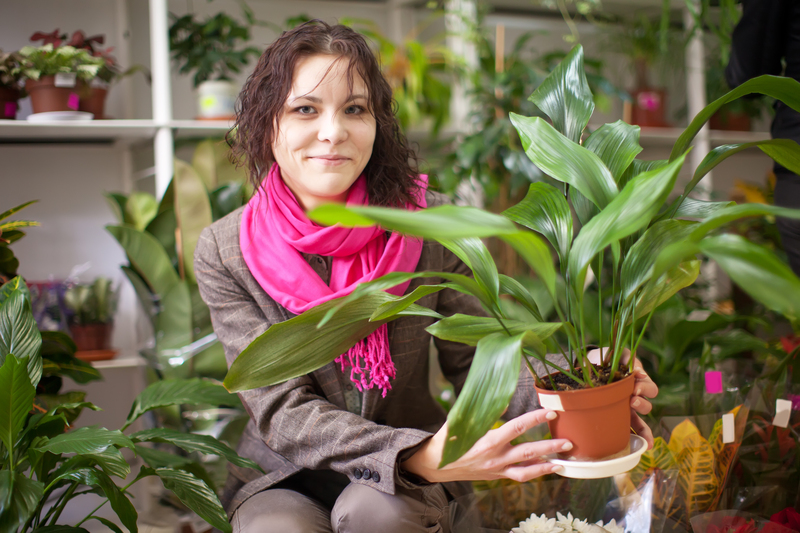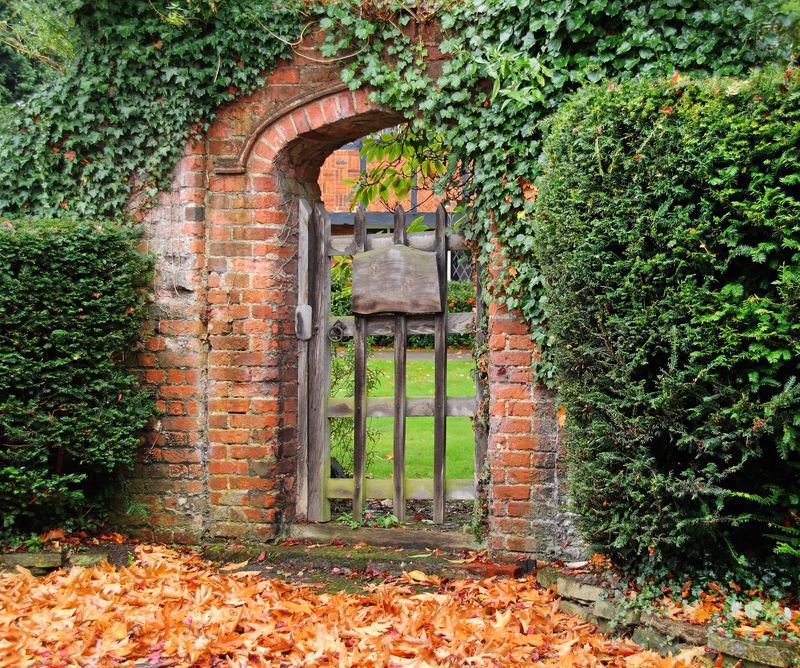How to Pick Vibrant and Hardy Plants for Your Window Box
Are you dreaming of a show-stopping window box overflowing with color, but unsure which plants will thrive outside your window? Selecting vibrant and hardy plants for a window box is more than just grabbing whatever catches your eye at the garden center. It requires thoughtful planning, an understanding of both your window's microclimate and your own gardening preferences, and a willingness to mix textures, heights, and hues. In this comprehensive guide, we'll show you how to choose the best plants to keep your window box blooming and beautiful, no matter your climate or experience level.
Why Choose Vibrant and Hardy Plants for Your Window Box?
A window box is essentially a miniature garden. Unlike in-ground beds, window boxes have limited soil volume and are more exposed to the elements. This means that not every plant will flourish in this environment. To create a window box that's both visually stunning and low maintenance, it's crucial to choose varieties that are:
- Vibrant: Plants that offer eye-catching colors and textures
- Hardy: Plants that can tolerate exposure, temperature extremes, and periods of neglect
- Compact: Species that won't outgrow the container quickly
- Disease-resistant: Varieties less prone to common pests and diseases
By carefully selecting window box plants with these characteristics, you create a thriving, easy-to-maintain display that will be the envy of your street.

Assess Your Window Box Site
Understanding Sun Exposure
The first step in picking the right hardy and colorful plants for window boxes is understanding the specific conditions your window box will face. The most important factor is sun exposure:
- Full Sun: South- or west-facing windows with at least 6 hours of direct sunlight daily
- Partial Shade: East-facing or dappled light with 3-6 hours of sunlight
- Full Shade: North-facing or shaded by trees/buildings, getting less than 3 hours of direct sun
Climate and Exposure Concerns
Beyond sun, is your window box exposed to wind or rain? Are you in a particularly hot, dry, or humid climate? Consider these factors:
- Wind: Choose wind-tolerant plants with sturdy stems and non-fragile leaves.
- Heat: Succulents, Mediterranean herbs, and drought-tolerant annuals fare best.
- Cold Winters: Select frost-hardy or evergreen species.
Always choose resilient plants for window boxes based on your climate zone and exposure profile.
Choosing the Best Vibrant, Hardy Plants for Window Boxes
Ready to fill your window box with beauty? Here's a look at some groupings you can mix and match for every setting.
Best Plants for Sunny Window Boxes
- Petunias: A classic for good reason, petunias provide non-stop color all season. Choose new varieties bred for weather resistance.
- Geraniums (Pelargoniums): Vibrant flowers and lush foliage; drought and sun tolerant.
- Calibrachoa (Million Bells): Petite, trailing blooms in vivid shades; thrives in full sun.
- Lantana: Heat- and drought-tolerant with clusters of bright, multi-colored blooms.
- Verbena: Tough, low maintenance, great for trailing over the edge of your window box.
- Succulents (Sedum, Echeveria): Unparalleled drought tolerance and unique shapes.
Mix upright (thriller) plants with trailing (spiller) varieties for a full, layered effect.
Good Choices for Part Shade
- Impatiens (New Guinea): Prolific bloomers in low light.
- Lobelia: Delicate trailing flowers in blues and purples.
- Torenia (Wishbone flower): Unique shaped blossoms in a range of colors.
- Browallia: Hardy blue-violet flowers.
- Begonias (Wax and Tuberous): Reliable with vibrant foliage and blossoms.
Best Vibrant and Hardy Plants for Shade
- Ferns: Particularly Boston or maidenhair ferns; lush greenery.
- Heuchera (Coral Bells): Vibrant foliage and tolerance for low light.
- Hosta: Compact varieties add structure and bold leaves.
- Lamium: Variegated leaves and subtle flowers; excellent for the trailing edge.
While flowers may be fewer in shade, combine many foliage shapes and colors for drama.
Evergreen and Perennial Options
- Boxwood or Dwarf Conifers: Evergreen structure all year.
- Ivy (Hedera): Hardy, classic draping foliage.
- Heathers (Calluna): Flowering, drought tolerant, and evergreen in many climates.
Seasonal Swaps: Keep Your Window Box Vibrant Year-Round
A well-designed window box transitions beautifully between the seasons. Here's how to keep the color going all year:
- Spring: Bulbs like miniature daffodils, crocuses, and hyacinths provide the first burst of color. Use pansies, violas, and primroses for early blooms.
- Summer: Swap to heat-loving annuals like petunias, marigolds, verbena, and geraniums once spring fades.
- Autumn: Ornamental cabbages, heathers, violas, and trailing ivy provide cold-hardy color and texture.
- Winter: In mild climates, evergreens like dwarf conifers, winter heather, and trailing ivy continue the show. Cut holly branches, pinecones, or dried grasses add seasonal interest where winter is harsh.
Design Tips: Creating a Show-Stopping Window Box
Use the "Thriller, Filler, Spiller" Formula
For a professional, full look, garden designers rely on this formula:
- Thriller: A bold, upright plant (e.g., geranium, dwarf conifer) at the center or back.
- Filler: Medium-height, bushy plants (e.g., petunia, coleus) to fill out the box.
- Spiller: Plants that cascade over the edge (e.g., lobelia, sweet potato vine, ivy).
Mixing flower types, leaf colors, and shapes is key to a dynamic window box design.
Color Schemes That Pop
When choosing vibrant and hardy flowers for your window box, consider these classic color schemes for maximum curb appeal:
- Monochrome: Various shades of a single color for a sophisticated look.
- Contrasting Colors: Pair opposites (like purple and yellow) for high drama.
- Harmonious Hues: Blues and whites, pinks and purples, or oranges and reds for a calming effect.
Texture and Leaf Interest
Don't forget foliage! Contrasting leaf shapes and colors can be as vibrant as flowers. Combine glossy, matte, variegated, and silver leaves for a year-round effect.
Easy-Care Tips to Keep Your Window Box Flourishing
Use Quality Potting Mix
A nutrient-rich, well-draining potting soil is essential. Window boxes dry out quickly, so look for mixes with moisture retentive crystals. Avoid heavy garden soil that compacts and holds too much water.
Feed and Water Regularly
- Water: During summer, check your box daily. Water until liquid runs from the drainage holes.
- Fertilizer: Use a slow-release or liquid fertilizer every 2-4 weeks for continuous blooms.
Deadhead and Prune
Remove spent flowers to keep plants producing new blooms, and trim leggy stems for bushier growth.
Choosing the right plants is only part of the equation--ongoing care keeps your window box looking fresh and vibrant.
Top 15 Vibrant and Hardy Plants for Window Boxes
To make your plant selection even easier, here's a handy list of beloved, tried-and-true choices for window boxes in various conditions:
- Petunia - Continuous, bold blooms
- Geranium - Classic, vibrant, tough
- Marigold - Yellow and orange brilliance
- Calibrachoa - Trailing color bomb
- Verbena - Heat-resistant, spreading blooms
- Lantana - Drought-proof, butterfly magnet
- Begonia - Shade-loving, constant color
- Lobelia - Delicate, trailing blues
- Sweet Alyssum - Compact, fragrant "filler"
- Coleus - Amazing leaf texture and color
- Impatiens - Colorful for shade
- Nasturtium - Edible, vibrant flowers and leaves
- Ivy - Classic trailing green
- Heuchera - Colorful foliage for shade or sun
- Miniature Dwarf Conifer - Evergreen, year-round structure
Common Mistakes to Avoid When Choosing Window Box Plants
- Overcrowding: Plants will compete for nutrients and light; leave room for growth.
- Ignoring Light Needs: Sun lovers will sulk in shade, and vice versa.
- Neglecting Watering: Window boxes dry out much faster than garden beds.
- Choosing Only Annuals: Mix some evergreens or perennials for year-round backbone.
- Using Garden Soil: It doesn't drain well in containers and can introduce disease.
Bonus: Low-Maintenance Window Box Planting Ideas
- All Succulents: For hot, sunny windows that are tough to water.
- Herb Window Box: Mix rosemary, thyme, curly parsley, and oregano for beauty and utility.
- Foliage-Only Box: Dramatic coleus, heuchera, and trailing ivy for a sophisticated look.

Frequently Asked Questions About Vibrant and Hardy Window Box Plants
-
How often should I water my window box?
Check the soil daily in hot weather. Water when the top inch of soil feels dry to the touch. -
Can I plant perennials in my window box?
Yes, small perennials like heuchera, ivy, and miniature ferns will do well--just ensure the box is deep enough. -
What's the best way to keep my window box colorful all season?
Start with spring bulbs, transition to summer blooms, and use hardy evergreens/foliage for winter. Deadhead and fertilize regularly.
Conclusion: Create Your Perfect Vibrant and Hardy Window Box
A vibrant window box isn't just about making a great first impression for your home--it's about creating a joyful, living display that reflects your personality and care. By selecting a mix of hardy, colorful flowers and resilient foliage tailored to your window's unique microclimate, you set yourself up for success at every season.
Remember, observe your site, pick plants for your exact light levels, and combine thrillers, fillers, and spillers in creative color palettes. Use this guide to choose the best vibrant, hardy plants for your window box--and enjoy a thriving, ever-changing garden outside your window year-round!